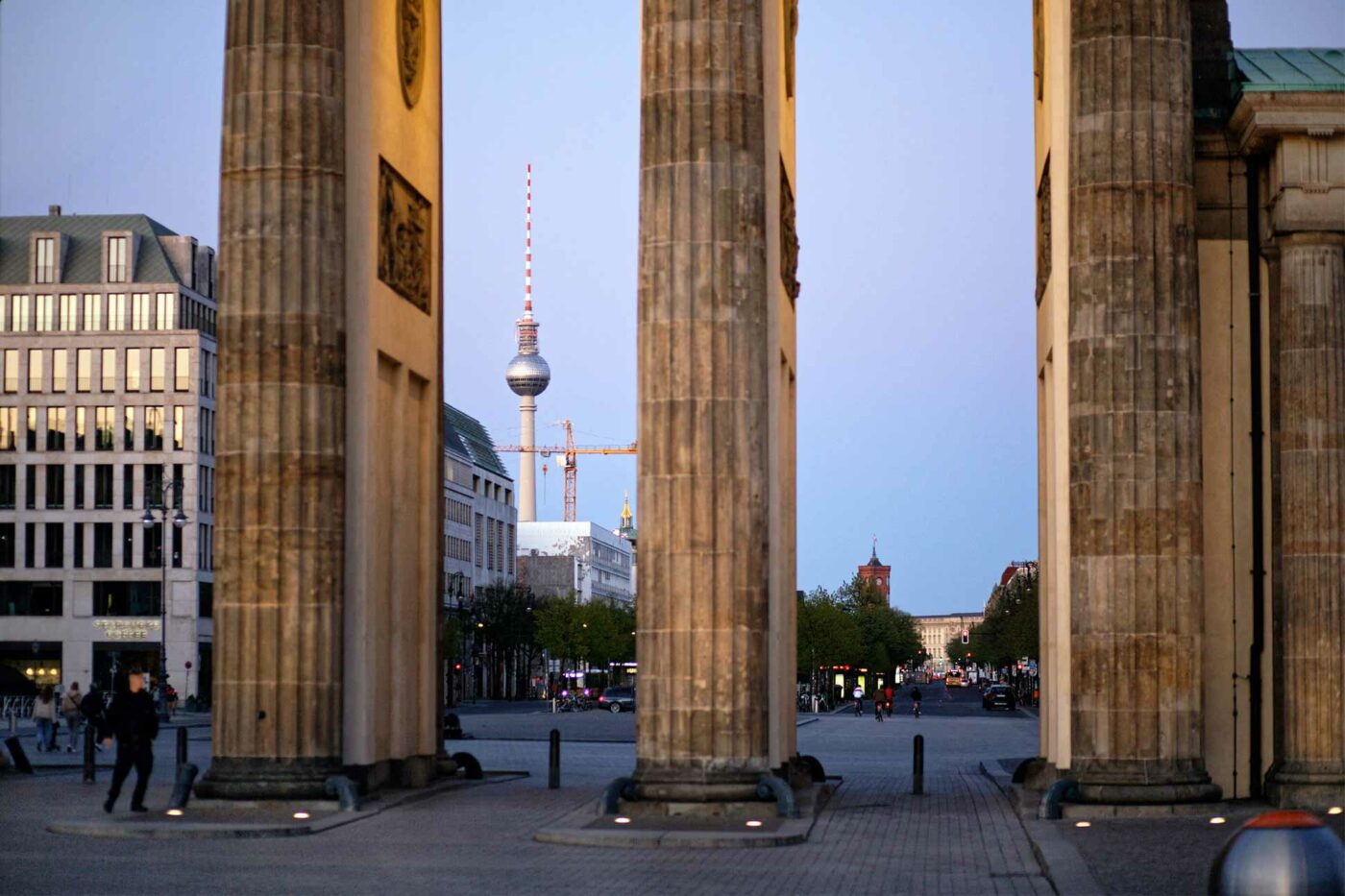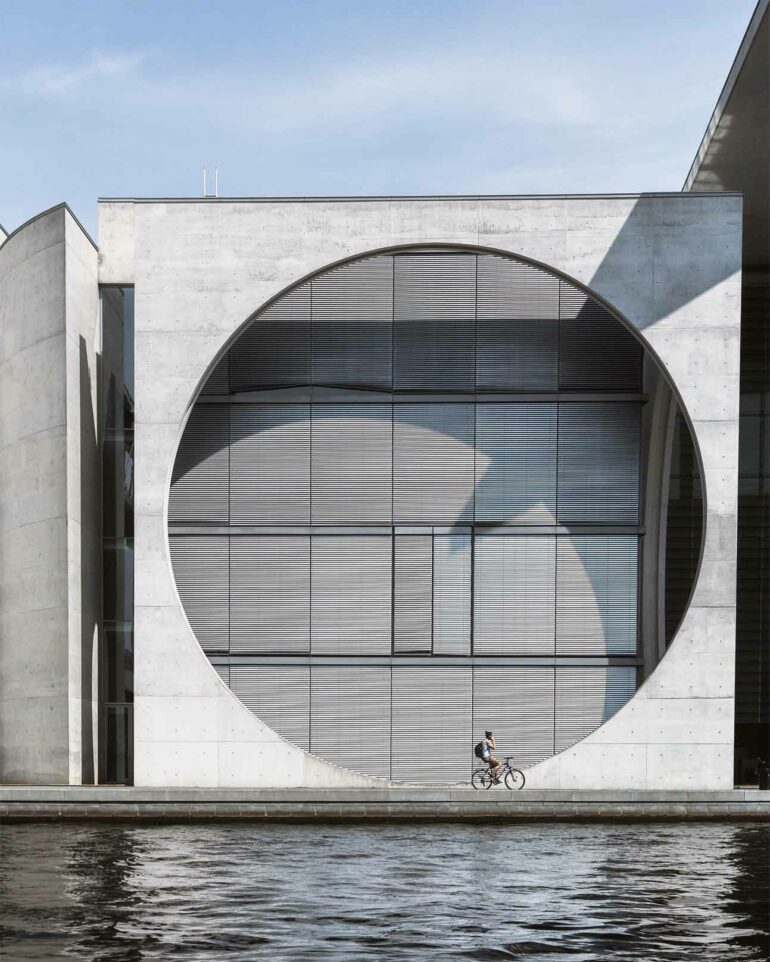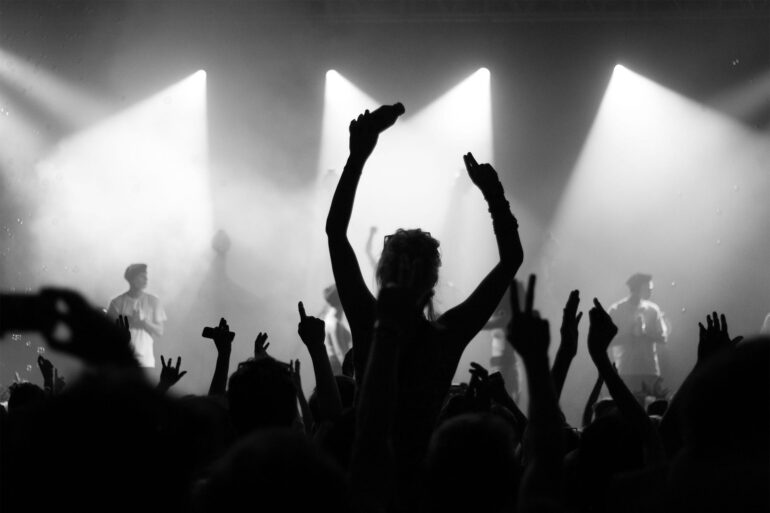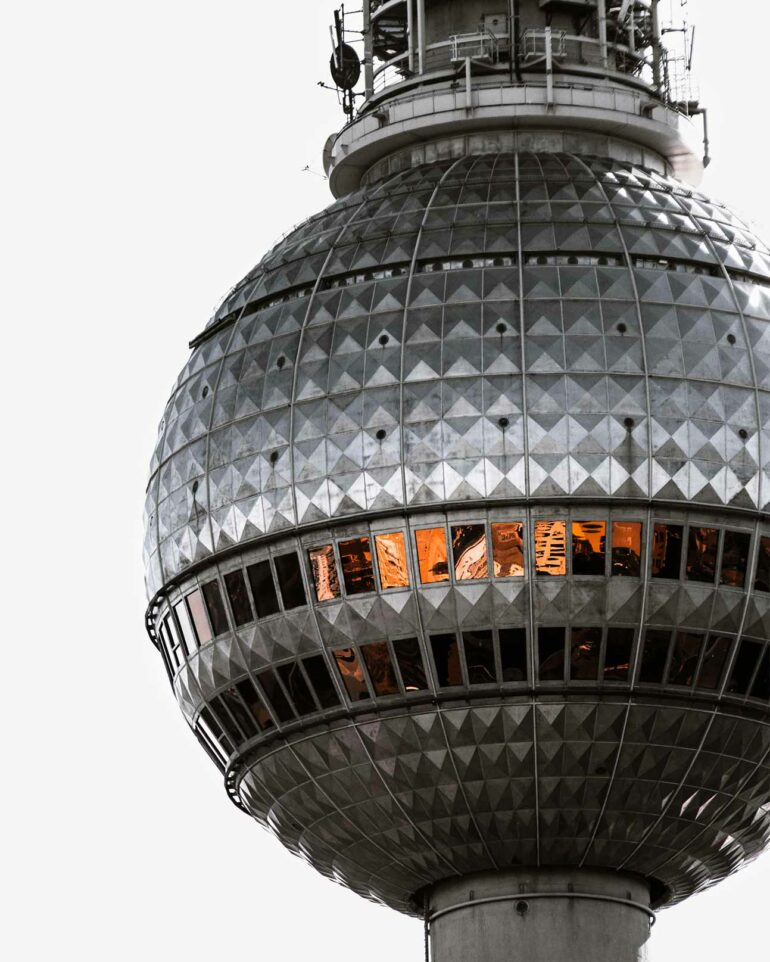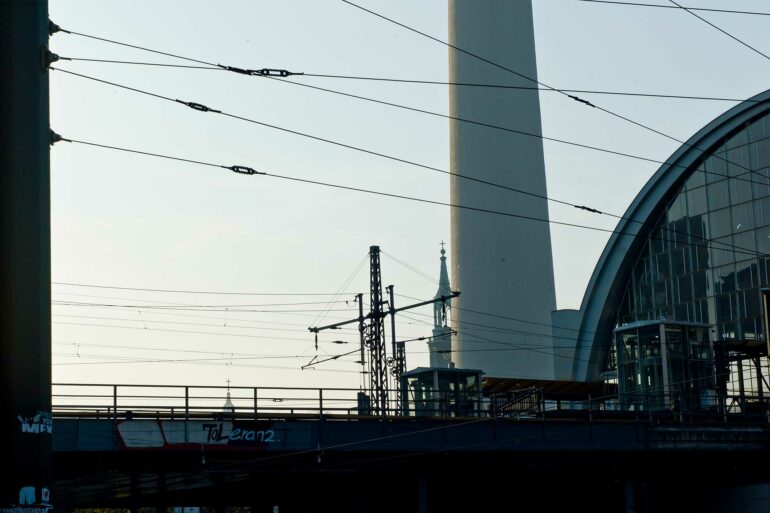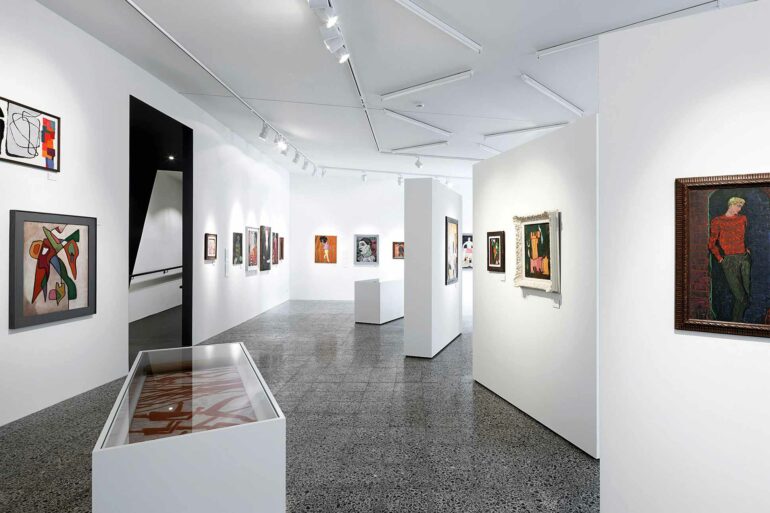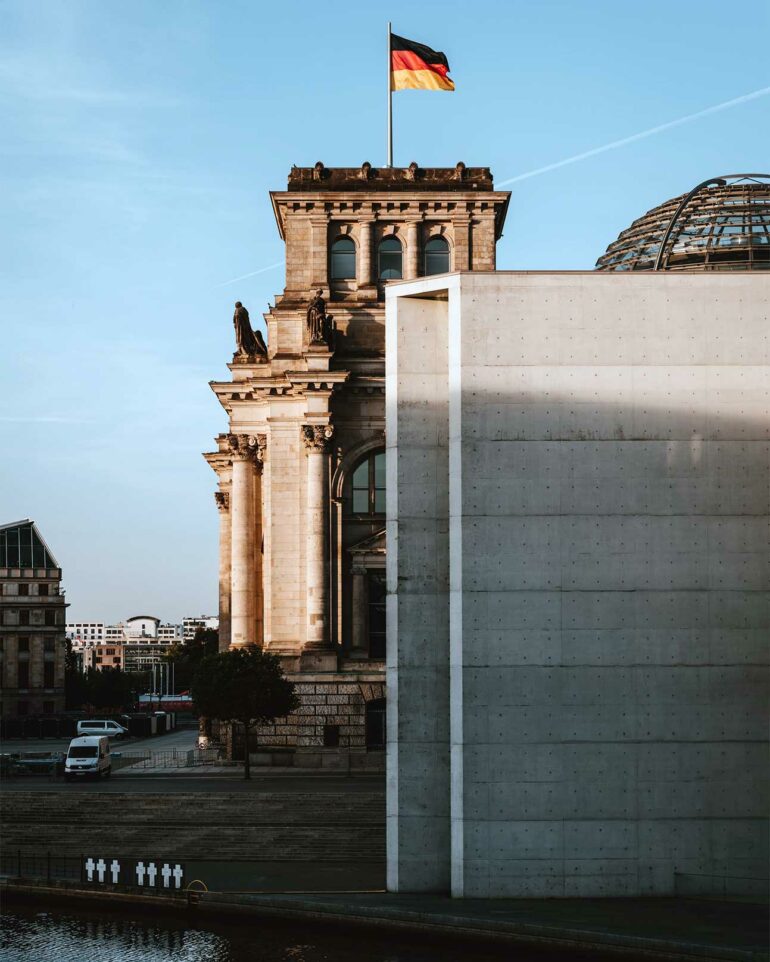It’s taken a long time to visit – and certainly longer than anyone would’ve believed her – but Emily Carlton finally celebrates the popping of her Berlin cherry.
As I checked in for my flight, the airline representative lent forward and smiled conspiratorially, waxing lyrical about what a good time I was about to have. I forced a smile and resisted the urge to roll my eyes. For almost a year this had been a common refrain. No one could believe that I had never been. I had heard it all – how I was just the type of person that would fall head over heels in love with the city, how once I went I’d never come back. It was a lot of pressure to put on one place. Could a weekend in Berlin live up to this promise?
Perversely, it was probably this hype that had put me off in the past. There’s a mythology about Berlin amongst the London bohemian-set – the land of cheap housing, plentiful arts funding and lax drug regulation, it has also become a byword for the worst excesses of East London hipster-dom. So what exactly could it mean when people said I would love Berlin? What does it say about the German capital, or indeed about me, that I’m so often profiled as a Berlinophile, having never set foot in the city?
I arrived with an almost petulant desire not to enjoy myself. The sky was grey and the streets we passed through looked suburban, modern and unremarkable. I’m a sucker for anywhere with old buildings, sensitive to the architecture of my surroundings, nothing seems more glamourous to me than a trip to a chocolate box of a city like Rome, almost overflowing with beautiful facades – which is not Berlin. Extensive bombing during World War II wiped out large parts, and many more buildings were demolished during the 60s and 70s to make way for Eastern bloc era mass-residential buildings.
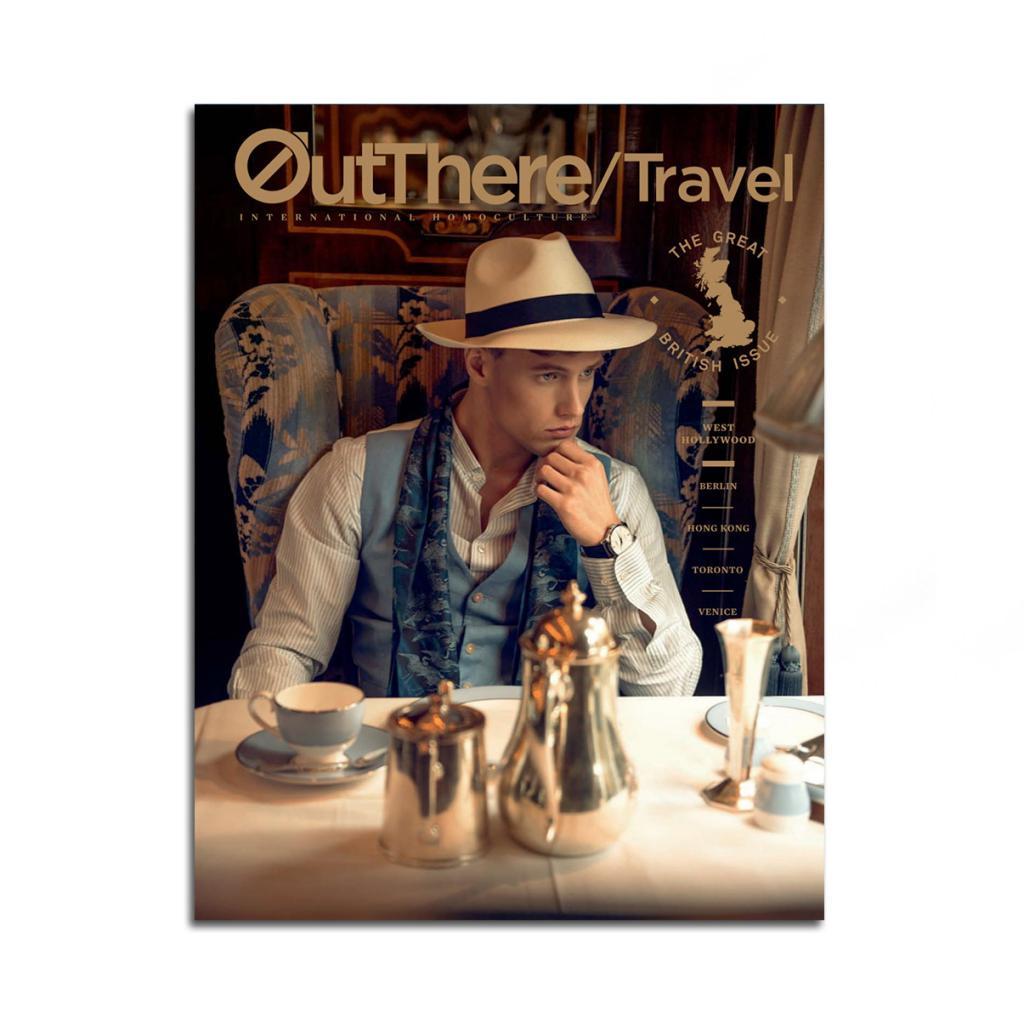
This story first appeared in The Great British Issue, available in print and digital.
Subscribe today or purchase a back copy via our online shop.
But as I acclimatised, I started to realise that Berlin’s beauty isn’t embedded into the bones of the city, as it is in other parts of Europe, it’s about what the people have done with it. As we drove towards the centre, Berlin unpeeled itself for me. First, a startling piece of street art beautifying a disused building, then the modern glass-panelled wonder that is Berlin Hauptbahnhof train station and a surviving 18th Century townhouse that rises up from between its modern, utilitarian neighbours – a reminder of all that has been built and lost. Unlike other European capitals, walking through the streets of Berlin is not a trip far back in time, it’s a look at its recent history. It’s a city that has risen from the ashes many times – that’s what makes it beautiful.
I rendezvoused with friends at Cabslam, a quiet little spot on the bank of the Neukölln Ship Canal that we’d reliably been told does one of the best brunches in town. Germany isn’t well known for its cuisine, so I guess that’s why this Californian-inspired ‘frühstück’ place is all the rage. As I tucked into a meal of eggs and avocado on a cheese ‘biscuit’, they gabbled, sleep-deprived and overexcited, about everything they’d seen the night before, including, but not limited to: a club run by a former prostitute-turned-studio-54-darling, a lesbian bar with crazy decor (they have actual busy lesbian bars here), and a performance artist who, in a heartfelt ode to genital warts, danced seductively with pearls suspended from his most intimate areas. I finished my meal hungry for a taste of this vibrant scene.
Berlin nightlife is infamous, fact. This reputation stretches back to the 1920s when the city was a haven for queer performers and those who preferred a non-conforming lifestyle. Berlin’s clubs and bars were rammed and arts and culture grew in value as artists found they could live from their trade – performance, literature, cinema, theatre and music boomed. The cabaret and jazz scene, in particular, grew and pushed boundaries – eroticism was respected, outlandishness revered and anything anti-norm was lauded. Tragically, just two decades later, all this was extinguished by the rise of the Nazi movement.
However, a century later, this legacy of acceptance and excess is very much alive, and the Christopher Isherwood fan in me delights. The motto at the modern KitKatClub, named in homage to his classic ‘Cabaret’, is “Do what you want but stay in communication,” it naturally became my war cry. We weaved through the small bars, pop-up drinking dens and clubs that litter the trendy area of Neukölln offering décor and decorum from the non-existent to the psychedelic. All of this, with a creative but uncontrived vibe, cheap yet strong drinks and genuinely friendly company with a zest for life.


